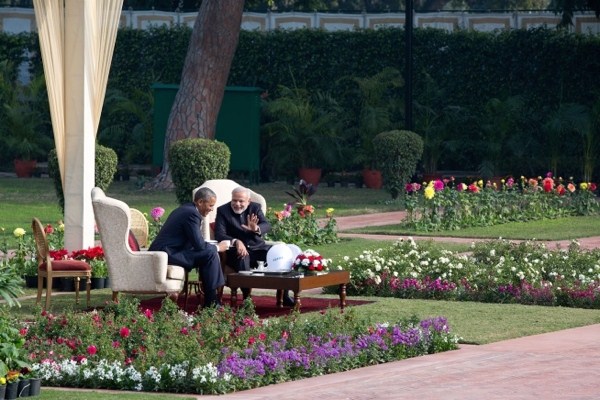Several weeks ago, in assessing what steps U.S. President Barack Obama might take to secure his administration’s foreign policy legacy, I raised the question of whether a “reset” of U.S.-India relations might help. Obama’s just-concluded trip to New Delhi and his meetings with Indian Prime Minister Narendra Modi have provided us with an answer in the affirmative.
Modi’s gesture of greeting Obama effusively at the airport upon his arrival, which was a break with traditional protocol, and his invitation for Obama to attend and review the annual Republic Day parade, which was a first for an American leader, clearly indicated that, despite his recent meetings with Russian President Vladimir Putin and Chinese President Xi Jinping, Modi remains interested in forging a close relationship with the United States. Despite the recent lows in the relationship, and the sense shared by many Indians that the Obama administration squandered the work done by former President George W. Bush’s team in laying the foundations for improved Indo-American ties, a significant part of India’s political and economic elite was not ready to call it quits. The Indian courting of Obama made it clear that New Delhi is anxious for Washington to take a second try at getting the relationship right.
The Obama team, in turn, demonstrated that it understood the importance of symbolism, giving the Indian leader, via a hotline, direct access to the U.S. president. Modi now joins only Xi and Putin in this regard, signifying American recognition of India’s rising status. Moreover, the U.S. agreed to create a direct channel between both countries’ national security advisers, a format that already exists between the Indians and their counterparts in the BRICS grouping.

